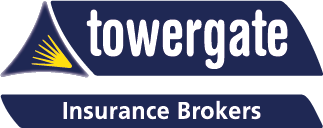According to the Health and Safety Executive, slips, trips and falls (on the same level) are the single most common cause of major incidents in UK workplaces, accounting for 30% of all non-fatal injuries reported under RIDDOR in 2021/22 and equating to 18,514 injuries at work.
Fortunately, this is also an area that can be improved quickly, easily and inexpensively with straightforward prevention measures; we look at the key risks, your legal duties and some recommendations from our team.
What are the key risk factors for slips trips and falls?
- Poor lighting that prevents people from seeing obstructions, slippery surfaces etc.
- Damaged or unsuitable flooring
- Obstructions and objects left lying around.
- Inappropriate footwear
What are your legal duties?
The key areas of health and safety law relevant to slips, trips and falls are:
- Health and Safety at Work etc. Act 1974 (HSWA)
- Management of Health and Safety at Work Regulations 1999
- Safety Representatives and Safety Committees Regulations 1977
- Workplace (Health, Safety and Welfare) Regulations 1992
If you are looking for further guidance on your legal duties, contact our team at healthandsafety@skaltd.co.uk
Recommendations for employers
Design and planning
Consider risk factors at the design and planning stage. Selection of appropriate materials that are fit for purpose (e.g. anti-slip flooring, good lighting etc.) and effective controls over refurbishment programmes will avoid creating potential hazards.
Organisation
Ensure risk prevention is clearly prioritised by the senior management team. Consider how that informs your health and safety policy, risk assessments, operational procedures, detailed job descriptions, formal and informal inspections, workplace training, PPE provision, maintenance regimes, cleaning schedules and housekeeping arrangements.
Assess the risks to workers, decide how significant the risks are, prevent or control the risks and develop a clear management plan. Establish a programme of planned preventative maintenance and ensure repairs are undertaken promptly when problems are identified. Similarly, set up clear reactive maintenance procedures: where floors may become wet or contaminated, they should be regularly inspected and dried immediately, spillages promptly cleaned up, appropriate signage displayed when areas are being cleaned and the signs removed when the floor can be used normally.
Monitoring
Establish regular communication with safety reps and monitor findings of workplace inspections, accident reports near-miss data, and employee absences. Make use of HSE’s ‘slips and trips’ hazard-spotting checklist and their mapping tool.
Most importantly, use the information to make practical improvements and learn from any mistakes; ensure all accidents are investigated and staff are aware of the findings and any necessary actions are taken.
Communication
Consult with the workforce and their representatives about risk assessments and actions. Ensure everyone is aware of the risk assessments and procedures in place and that staff are provided with information and training on good working practices.
If you need help on any health and safety matter, contact your designated Stallard Kane Health & Safety Advisor or, if you don’t currently use our Health & Safety services, call 01427 420 402 or email healthandsafety@skaltd.co.uk and one of the team will be happy to help.
About the author
This article is provided by our sister company, Stallard Kane, a specialist risk management service provider offering expert advice and solutions in Health and Safety, HR, Risk Solutions and Training. This article is for general guidance only and aims to provide general information on a relevant topic in a concise form. This article should not be regarded as advice in relation to a particular circumstance. Action should not be taken without obtaining specific advice.
If you want a truly personalised service, contact your usual Towergate advisor today who can put you in touch with Stallard Kane’s HR Team to discuss your requirements – call 01427 420 403 or email hr@skaltd.co.uk, and #oneoftheteam will be happy to help.


